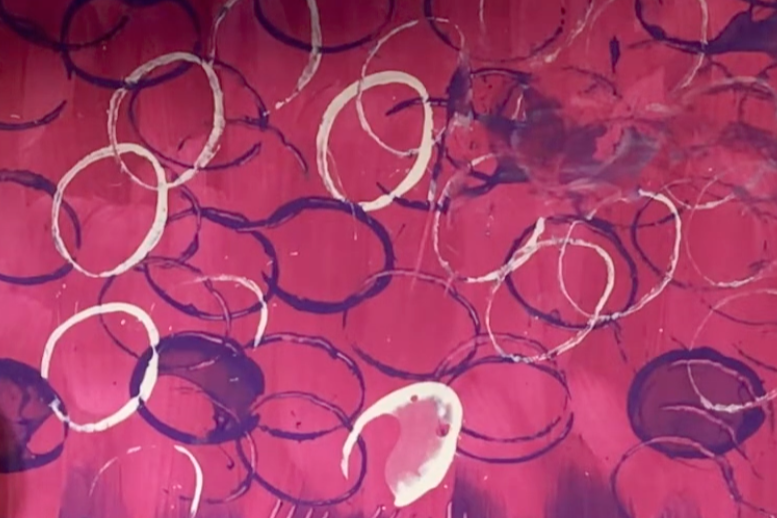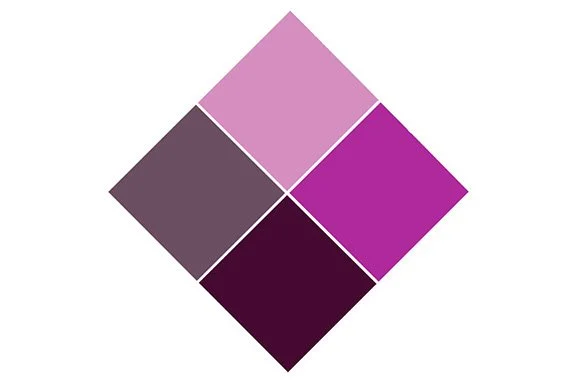Colour Literacy Exercise List
Beta-Testing 2025-2026
Portland Public Schools
Thank you for agreeing to help beta-test these exercises. Our goal is to gain insight and feedback related to the exercises’ effectiveness in expanding students' understanding of:
The fundamental role of colour in our lives.
The foundational core concepts across disciplines.
The results of the beta-testing will help us refine the curriculum based on experiential usage data. Once this beta-testing term concludes, the CLP will make the curriculum available as an open resource for educators around the world to freely use in their teaching and research.
Note: All the exercises can be modified to make them age appropriate for your students. We welcome your suggestions for variations of the exercises depending on age and abilities.
Foundational Unit One - All Ages
Describing Colours 1
Hue Families and Character
Core Concept: Colours can be described by more than just hue.
Core Concept: Colours can be organized in 3D.
Note: This unit introduces a new appearance language for describing colour that goes beyond hue and then expands the traditional colour wheel into 3D models.
Naming colours in the sorting set
Identify and name the coloured tiles used in the CHROMO sorting set
Supplemental Exercises
Placeholder Naming Game
Working with Colours 1
Mixing Hues and Characters
Core Concept: When we mix coloured media, the resulting mix depends on the process.
Note: These exercises are designed to explore hue families. They expand beyond the traditional mixing of paints to include optical mixing of hues and characters.
Optically Mix Hues and Characters
Play with pre-printed spinning disks in different patterns to see and compare hue characters.
Painting Papers in Hue Families
Use tempera paints to create a variety of painted papers in each hue family for use in projects.
Mixing Hues in Liquid Watercolors
Have fun watching colours blend using coffee filters and liquid watercolors.
Experiencing Colours 1
Noticing the Colours Around Us
Core Concept: Colours Play Many Essential Roles in Our Lives
Note: These exercises and activities can be done at anytime to engage students in colour explorations inside and outside the classroom and to practice the use of appearance language.
Foundational Unit Two - All Ages
Perceiving Colours 1
Connecting Light and our Visual System
Core Concept: Colour is a Perceptual Experience.
Note: These exercises connect light and colour and expand the spectrum to include the non-spectral hues.
How many colours are in the rainbow? If your response is ‘seven’ - take a closer look!
Create a spectrum, and see how many hues you can find!
Finding Magenta
Comparative mixing of Red and Blue with LEDs, Paints, and Spinning Disks
Playing with Polarization
Create colourful compositions with polarized light
Non-spectral colours & iridescence
Discover non-spectral colours when you experiment with iridescent materials.
Working with Colours 2
Comparative Mixing
Core Concept: When we mix coloured media, the resulting mix depends on the process.
Note: These exercises are designed to explore colour character and expand beyond the traditional mixing of paints to include optical mixing.
Optical mixing using spinning disks
Create unexpected mixtures using spinning disks!
Explore the simple additive mixing process with coloured LED flashlights
Did you know there is more than one way to define a set of complementary colours?
Subtractively mix opaque media
Explore the subtractive mixing process using pastels and acrylic paints
Subtractively mixing transparent media
Explore the subtractive mixing process using filters and watercolour paints
Explore 3 types of colorant mixing, and see how they produce different results
Unit Two - 4th-8th Grades
Perceiving Colours 2
Exploring Context
Core Concept: Many factors influence how we see colours.
Note: These exercises introduce the perception triangle - light, object, visual system - and the effect of context on the colours we see. Be sure to continue the ‘Experiencing Colours Exercises’ above.
Describing Colours 2
Lightness and Chroma
Core Concept: Colours can be described by more than just hue.
Core Concept: Colours can be organized in 3D in relationship to gray scale.
3D Intermediate model - Placeholder
Perceiving Colours 3
STEAM Colour
Core Concept: Not everyone perceives colours the same way.
Note: These exercises focus on how we see and explore the effects of lighting conditions on what we see.
How does looking at the world through a coloured filter change our colour perceptions?
Notice how perceived colours change under filtered light sources
Notice how perceived colours change under coloured light sources
Supplemental Exercises
Test your understanding of coloured filters!
Create a visual demonstration for light’s wavelengths with a slinky!
Locate a part of your eye that does not detect light at all!
Working with Colours - Anytime
Exploring Colour Selections
Core Concept: We can use colours to help us communicate.
Note: These exercises are just a few examples of projects to reinforce the core concepts. We welcome you to contribute projects that you do with your students during the colour units. With your permission, we will share them on the website.
Choose a range of colours that you associate with specific moods or emotions
Nebula
Will your favorite colors ‘work’ in a simple design?
Choose a set of colours from an image and create an abstract visual equivalent
















































